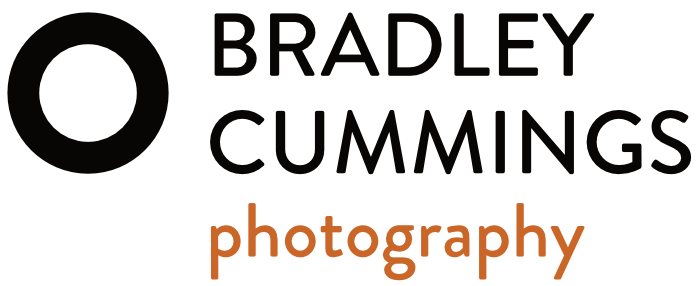Clothing choices matter: What to wear to your headshot session
“Do you have any advice for what I should wear?”
This is perhaps the most commonly asked question from anyone who has booked, or is thinking of booking, a headshot session.
And it’s an extremely important question to ask because a number of research studies have demonstrated that clothing choices — and even minor adjustments to clothing — have a significant impact on the impression that you give and the information that you convey about yourself in your photograph.
Researchers have shown, for instance, that more favourable impressions are given by people wearing tailored suits compared to those wearing off-the-rack suits, even though viewers of the images were not specifically asked to assess clothing when making their judgements. Examples of some of the more favourable impressions that were conveyed include appearing more successful, more confident, and more competent — all of which are extremely important things to communicate in your headshot.
So clothing choices matter.
These are the three things that I suggest people consider when selecting what to wear for their headshot session:
Choose clothes that are appropriate to the industry that you’re in, and to the overall impression that you want to make.
You’re the best judge of which clothes are appropriate for your industry, or for the type of impression that you want to convey. For example, I remember a client who worked in the IT industry and he told me that nobody would take him seriously if he were to wear a tie! The point is that you know the norms and expectations of your industry better than I do, so take that into consideration when making your clothing selection.
As an side, while this point might seem like an obvious consideration, I remember a client who worked for a company that told him to wear a “professional but casual” shirt for his photo session and he turned up wearing what looked like a Hawaiian shirt. I still chuckle when I think of that session but unfortunately it was an example of someone who did not take the norms and expectations of his industry into consideration and he consequently got it very wrong.
Choose clothes that won’t compete with your face for attention.
Corporate/professional headshots aren’t fashion photos! So while it’s critical that you give thought to your clothing options, it’s equally important to remember that the photos are not about the clothes themselves — they are there to play a supporting role to the main player in the image which is your face. Consequently, it’s usually best to choose clothes that don’t demand attention away from your face. So avoid brightly coloured clothes, avoid heavily patterned or textured clothes, and avoid clothes that are perhaps unusual or eye-catching in a distracting way.
Some colour is of course good — it can help convey personality and it can help make your photograph look more attractive overall. But select your colours carefully so that they complement your skin tones while at the same time avoid those that are just too bright and attention-grabbing.
Choose clothes that are tailored or that fit well, and select combinations or layers that work well together.
Even though a headshot photograph is predominantly your head and shoulders, I usually like to shoot a little bit looser so that there is room to angle and crop the photo later. So while it’s still not a full-length, or even a half-length photograph, it’s important that the collars, necklines, lapels, ties, shirts, and shoulder lines of your clothes fit comfortably and well. Remember the research that I mentioned above in which the tailored clothes resulted in more positive impressions? Well, I certainly don’t want you to stress about not having a tailored suit, but I do think well-fitting clothes is worth aiming for if possible. For example, I often see men wearing business shirts with very badly fitting collars, either too tight or too loose. Unfortunately ill-fitting collars are very obvious in headshots, and it leaves the viewer with the impression that the person doesn’t belong in those clothes and the corresponding first impression drops as a result.
A corollary of choosing well-fitting clothes, is to choose clothes that work well together. I frequently encounter this issue with women in particular, I think because there is so much more variety in women’s clothes compared to men’s. For example, does the shirt or blouse that you have chosen sit well under the jacket that you have chosen? Do the collars in particular play nicely together? Do the lapels of the jacket cause your shirt to look odd? It’s worth checking combinations or layers of clothes very carefully in the mirror.
I recall a client who was sent to me by a magazine for pictures to accompany a story that was being published about him. Unfortunately he wore a suit that was so ill-fitting that most of the session was spent with clips, pins, and gaffer tape as we tried to “tailor” the suit! I’m please to say the pictures were successful and they were published.
The details matter.
One of the research papers that I mentioned earlier claimed that “even apparently minor modifications to clothing style can have a major impact on the information conveyed to perceivers.”
That’s an important point because it suggests that the little things, the details, can’t be ignored without compromising the positive impression that you’re trying to show. Little things like how well your tie is knotted, whether the lapels are sitting correctly and evenly, whether the jewellery that you’re wearing is positioned well. During your headshot session you’ll see that I’m always looking at those little details — because they matter.

